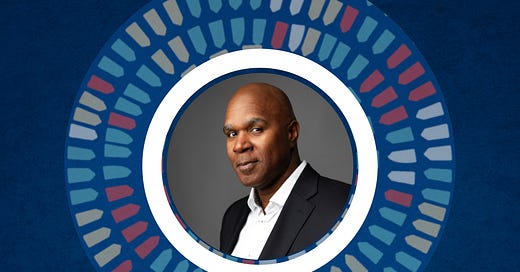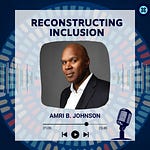Imagine a workplace where every employee, regardless of their differences, is set up to thrive. A place where managers are charged not just with hitting targets, but with creating an environment where even those they clash with can excel. Sound like a fantasy? It's not.
This is the reality of what I call an "inclusion system," and it's the key to transforming your organization from a fragile puddle into a mighty, enduring river. Let me share a story that illustrates this powerful approach...
In a world where businesses often prioritize profit over people, Arie de Geus's book "The Living Company" offers a refreshing perspective on organizational success.
As a DEI strategist, I find his concept of "puddle companies" versus "river companies" particularly illuminating. Puddle companies, focused on short-term gains, are shallow and stagnant, eventually drying up under pressure. River companies, on the other hand, are dynamic, life-giving entities that endure through constant flow and adaptation.
The book's anecdote about creating conditions for success, even with challenging team dynamics, resonates deeply with the practice of inclusion.
As DEI practitioners, our role is to help organizations evolve into "river companies" by implementing inclusion systems. This means moving beyond short-term fixes and creating normative practices that allow for connection through tension, leveraging differences and similarities to achieve organizational purpose. It's about building a culture where managers at all levels understand their responsibility to create conditions for success across the entire human community within the organization.
Are you ready to transform your organization from a puddle into a river?
I hope this was helpful. . . Make it a great day! ✌🏿
In this episode of the ‘Reconstructing Inclusion’ podcast, let’s revisit ten insightful questions from past podcast appearances. Let’s talk about shifting away from identity-centered approaches to foster an inclusive environment for all, and the importance of evidence-based and principle-centered approaches that are accessible to everyone and aligned with organizational goals.














Share this post